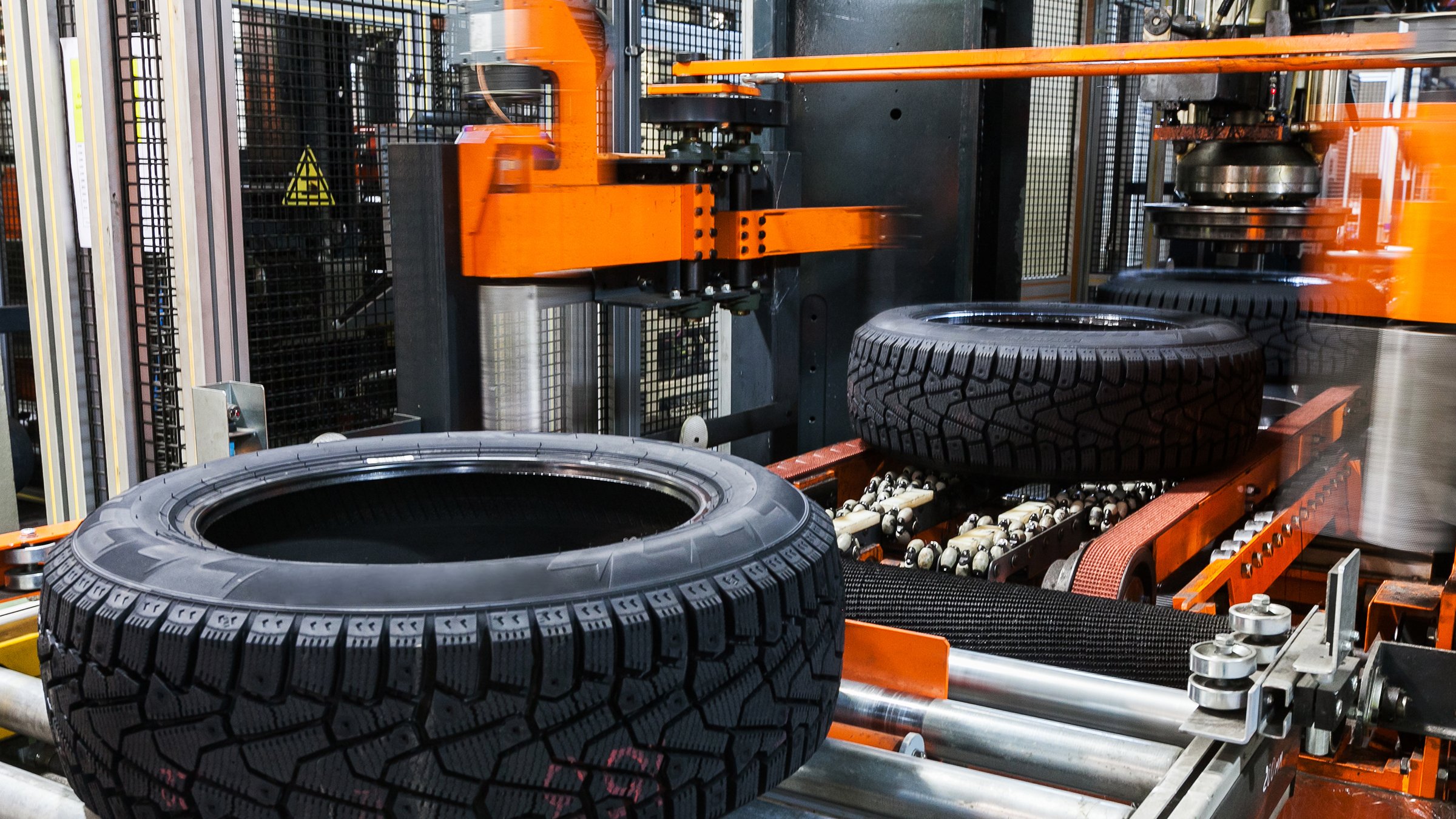Recommended For You
Challenge
All final finish process operations and material handling systems such as:
- Conveyor network and control logic
- X-ray process
- Tilt-tray conveyor
- Uniformity process
- Auto balancers
- Inspection
- Gantry palletizers
Solution
- Ability to measure recovery time after a major downtime event
- Identify equipment bottlenecks
- Identify conveyor system bottlenecks
- Identify labor requirements
- Evaluate conveyor control system logic
Results
Identified conveyor bottlenecks in the preliminary system design that would have reduced system capacity by 25%
Background
A major tire manufacturer contracted with LGI to model and analyze a final finish modernization plan for one of its tire plants located in the southeastern United States. The simulation was conducted in parallel with design engineering completed in 2004. Implementation is scheduled for 2005 and 2006. LGI chose to model the system using Rockwell Software’s Arena® simulation software.
Challenge
The purpose of the model was to evaluate the design’s performance characteristics and to look for opportunities to improve the overall efficiency and lower the cost of the design. In order to meet the goals of the project, the model was designed to measure key aspects of the system’s performance, such as materialhandling system capacity, system throughput capability, resource and operator utilization, and system recovery capability.
Solution
Substantial conclusions were obtained from the analysis. Conveyor bottlenecks were identified at two different merge points in the conveyor design, which would have reduced the overall capacity of the system by 12% if the design had been implemented. In addition, all reserve capacity built into the system (approximately 15%) would have been sacrificed due to the constraints of the conveyor system. The location of the bottlenecks proved to be critical as well. The primary conveyor bottleneck was downstream of the process area, which by design, was intended to be the limiting factor. Model statistics revealed that this process area would lose approximately 25% of its capacity due to being blocked by the downstream merge.
Results
The project was a success because the Arena model replicated, to a very high degree, how the real system would operate. Conveyor merges were controlled in the model exactly as they were planned to operate in the real system. This accuracy is what revealed the final finish modernization plan design limitations. Without the level of realism the model provided, the client would likely have installed an inferior design. Based on the results, the design team reengineered the system and developed a new design. As a result of the simulation analysis, the client estimates savings in excess of $4 million due to preserving equipment efficiencies.
已發佈 2014年8月1日
